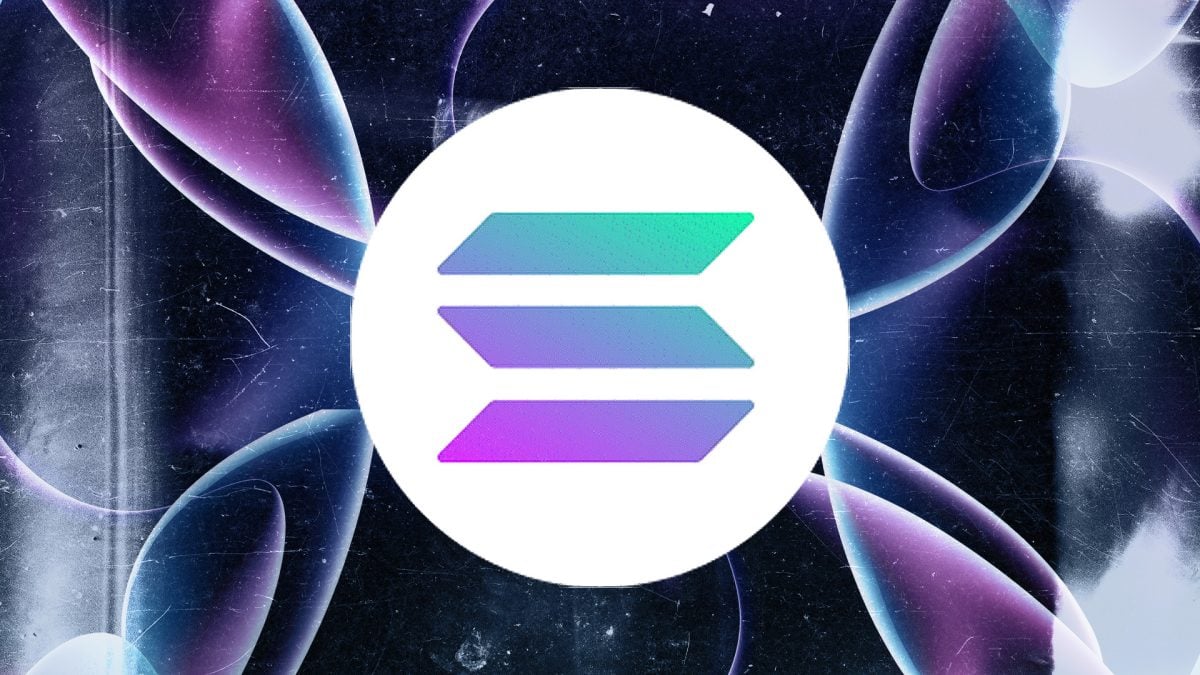In the landscape of blockchain technology, Solana has emerged as a robust platform designed to address scalability and speed limitations that have plagued other blockchain networks. Launched in March 2020 by Anatoly Yakovenko, Solana aims to provide a high-performance infrastructure for decentralized applications (dApps) and decentralized finance (DeFi) projects.
The Architecture of Solana
Solana differentiates itself through its innovative approach to consensus and scalability. It employs a combination of Proof of History (PoH), Proof of Stake (PoS), and Tower BFT (Byzantine Fault Tolerance) consensus mechanisms to achieve high transaction throughput without sacrificing security. Proof of History is a novel concept that timestamps transactions before they are processed, allowing Solana to verify the order and reduce the time required for consensus.
Speed and Scalability
One of Solana’s key strengths is its ability to handle a high throughput of transactions. The network boasts transaction speeds of up to 65,000 transactions per second (TPS), significantly outpacing other major blockchains like Ethereum and Bitcoin. This high throughput makes Solana well-suited for applications that require real-time transaction processing and scalability, such as decentralized exchanges, gaming platforms, and high-frequency trading.
DeFi and Ecosystem Development
Solana has gained traction in the DeFi space due to its speed and low transaction costs. Projects like Serum, a decentralized exchange (DEX) built on Solana, leverage its high throughput to offer efficient trading experiences with minimal latency and lower fees compared to Ethereum-based DEXs. The Solana ecosystem continues to expand with the development of various dApps, stablecoins, and blockchain-based games, attracting developers and users seeking fast and scalable solutions.
Partnerships and Institutional Adoption
Solana has secured partnerships with prominent firms and institutions, including Tether (USDT), which launched a stablecoin on the Solana blockchain to leverage its speed and cost-effectiveness. These partnerships highlight Solana’s appeal to institutional players looking for blockchain solutions that can support large-scale transactions and applications.
Challenges and Roadmap
Despite its technological advancements, Solana faces challenges typical of newer blockchain platforms, such as building developer communities, ensuring decentralized governance, and maintaining security amidst rapid growth. The team behind Solana continues to work on enhancing the platform’s security, interoperability, and developer tools to support broader adoption and innovation.
Future Outlook
As blockchain technology evolves, Solana is well-positioned to play a significant role in the decentralized internet of the future. Its emphasis on speed, scalability, and low costs makes it a competitive alternative to established networks like Ethereum, particularly for applications requiring high transaction throughput. Continued development and integration of new features and partnerships are likely to further solidify Solana’s position in the blockchain ecosystem.
Conclusion
Solana represents a promising advancement in blockchain technology, offering a scalable and high-performance platform for decentralized applications and financial services. With its innovative consensus mechanisms, fast transaction speeds, and growing ecosystem, Solana demonstrates potential to drive innovation across various industries and contribute to the mainstream adoption of blockchain technology. As the ecosystem continues to mature and evolve, Solana’s impact on the future of decentralized finance and internet applications is poised to be significant, making it a project worth watching in the dynamic world of cryptocurrencies and digital assets.
